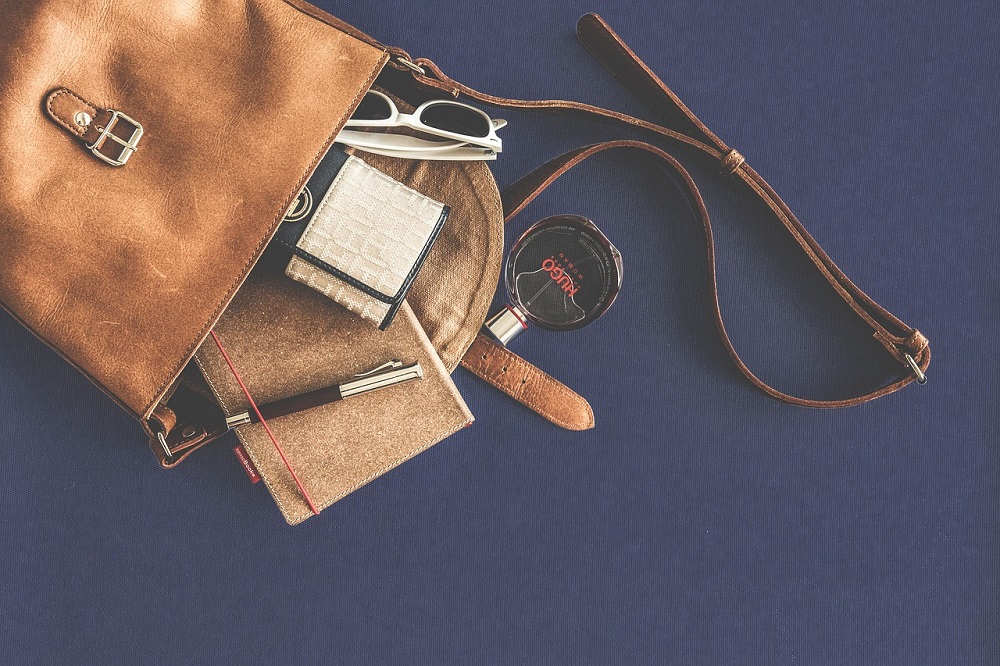Over the course of time, leather manufacturing is still significant and still relevant in today’s market and plays an active role in contributing to the economy of different countries. In the manufacturing industry alone, from making the leather to using the leather to design your unique set of products and accessories, leather is important in all aspects.
In this blog, we will dive deep into the prospects of leather manufacturing and discuss about the industry in general, types of leather available, and the tools you can use to cut down the amount of waste you generate. Back in the cavemen days, people were deprived of basic products and had to use their instincts to survive the day. Innovative products weren’t easily available and people had to create their own set of knives to cut, forge and cook.
People knew that to survive, they had to come up with methods to make their lives easier. When they were on tight resources, the practice of lean inventory was imperative – long before people even knew what the practice was all about.
Lean inventory has not been developed in a single day. In fact, the method dates back to the early civilization period. For instance, when cavemen would go for hunting, they would use all parts of the animal and not let go anything in waste.
The meat they would use for food and the skin to make their clothes in the winter seasons. This method gave birth to leather manufacturing we know today which utilizes animal fat and fine tunes it for us to use it in our daily products.
Leather – a material so hardwearing and trustworthy, that it still plays an active role in the manufacturing sector today. However, as stated about the pre-historic era, we don’t live in caves anymore, and some would even come up with an excuse to not use animal leather since viable alternatives are available in designing and manufacturing the leather.
These are some of the reasons why we will be talking about the leather industry today and how the entire process is executed on daily/weekly basis. But that’s not all; we will take account to the software used in the manufacturing process to other methods to keep you well informed about the entire process.
So without any further delay, let’s begin.
What exactly do we know about leather manufacturing?
To keep things short and precise, lmanufacturing is the process of transferring animal skin into leather with the help of three sub-methods known as preparatory stages, tanning and crusting.
But the entire operation solely depends on the texture of the skin and what type of leather is being manufactured. There are different methods for different types of leather manufacturing and vary around 35 to 50 processes.
Another interesting thing worth mentioning over here is that leather is a sub-process of dairy and meat industries. While there are no restrictions on the type of animal to be used in leather manufacturing, the manufacturing process can be executed smoothly and without any abruption.
Since all types of animals are viable for leather, the most famous type of skin used in leather manufacturing is bovine, which comes from cow, bull, ox, calf and buffalo. The statistics are somewhat surprising since nearly 66% of the leather is generated from bovine skin all around the world.
From being slaughtered to skinned down, leather is traded in differently and comes in various conditions. From being fresh to wet salted, and from being pickled to sun-dried, each skin is traded differently due to the demand and usage of the manufacturing companies.
According to a research study, leather has a deep-rooted history and has been in the manufacturing circa since thousands of years. Initially, leather was manufactured by taking out the water from the bark, leaves or wood, to protect the animal’s skin from decomposing.
As per some historians, the oldest remains of leather were found in Egypt and dated back to almost 6,000 years. Even since then, it has been presumed that there are nearly 10,000 tanneries all over the world with 19,000 million square feet being produced yearly. This racks up to almost 2.3 million per square foot per tannery.
Ending note
While we haven’t specifically discussed other leather options like faux leather, etc. there are quite a lot of things that still need to be discussed. But for today, our goal was to take you through time and get your acquainted with the leather industry in particular.
While leather industry is still a lucrative business, we strongly advise you to pick your niche and go down deep if you want hands-on experience in the manufacturing industry. At ApparelnBags.com, our goal is to provide you with the best leather manufacturing services while staying true to our values and aspirations.
Feel free to get in touch with us for more details, or visit our website at www.ApparelnBags.com.



